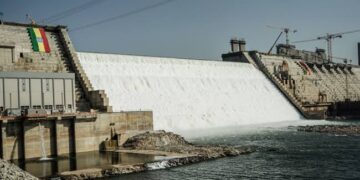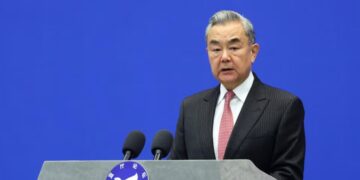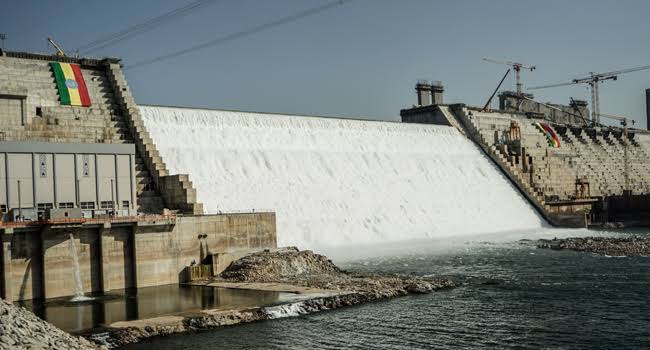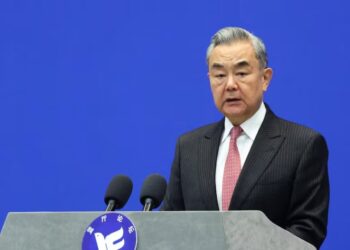By John Ikani
Ethiopia began producing electricity for the first time from its Grand Ethiopian Renaissance Dam (GERD) – a massive hydropower plant on the River Nile that neighbours Sudan and Egypt say will cause severe water shortages downstream.
Prime Minister Abiy Ahmed, accompanied by high-ranking officials, toured the power station and pressed a series of buttons on an electronic screen, a move that officials said initiated production.
Abiy described Sunday’s development as “the birth of a new era”.
“This is a good news for our continent & the downstream countries with whom we aspire to work together,” he said on Twitter.
The GERD is the largest hydroelectric scheme in Africa but has been at the centre of a dispute with downstream nations Egypt and Sudan ever since work first began in 2011.
Addis Ababa deems the project essential for the electrification and development of Africa’s second most populous country, but Cairo and Khartoum fear it could threaten their access to vital Nile waters.
Abiy dismissed those concerns.
“As you can see this water will generate energy while flowing as it previously flowed to Sudan and Egypt, unlike the rumours that say the Ethiopian people and government are damming the water to starve Egypt and Sudan,” he said as water rushed through the concrete colossus behind him.
But Cairo denounced Sunday’s start-up, saying Addis Ababa was “persisting in its violations” of a 2015 declaration of principles on the project.
Egypt, which depends on the Nile for about 97 percent of its irrigation and drinking water, sees it as an existential threat.
Sudan hopes the project will regulate annual flooding, but fears its own dams could be harmed without agreement on the GERD’s operation.
More about the GERD
The $4.2 billion (about R63 billion) dam is ultimately expected to produce more than 5 000 megawatts of electricity, more than doubling Ethiopia’s current output.
Only one of 13 turbines is currently operational, with a capacity of 375 megawatts.
A second will come online within a few months, project manager Kifle Horo told AFP, adding that the dam is currently expected to be fully completed in 2024.
The 145-metre high structure straddles the Blue Nile in the Benishangul-Gumuz region of western Ethiopia, near the border with Sudan.
The dam was initiated under former prime minister Meles Zenawi, the Tigrayan leader who ruled Ethiopia for more than two decades until his death in 2012.
Civil servants contributed one month’s salary towards the project in the year it launched, and the government has since issued dam bonds targeting Ethiopians at home and abroad.
The process of filling the vast reservoir began in 2020, with Ethiopia announcing in July of that year it had hit its target of 4.9 billion cubic metres.
The reservoir total capacity is 74 billion cubic metres, and the target for 2021 was to add 13.5 billion.
Last July Ethiopia said it had hit that target, meaning there was enough water to begin producing energy, although some experts had cast doubt on the claims.
Authorities have failed to reveal how much water was collected last year or what the target is for the coming rainy season.


































